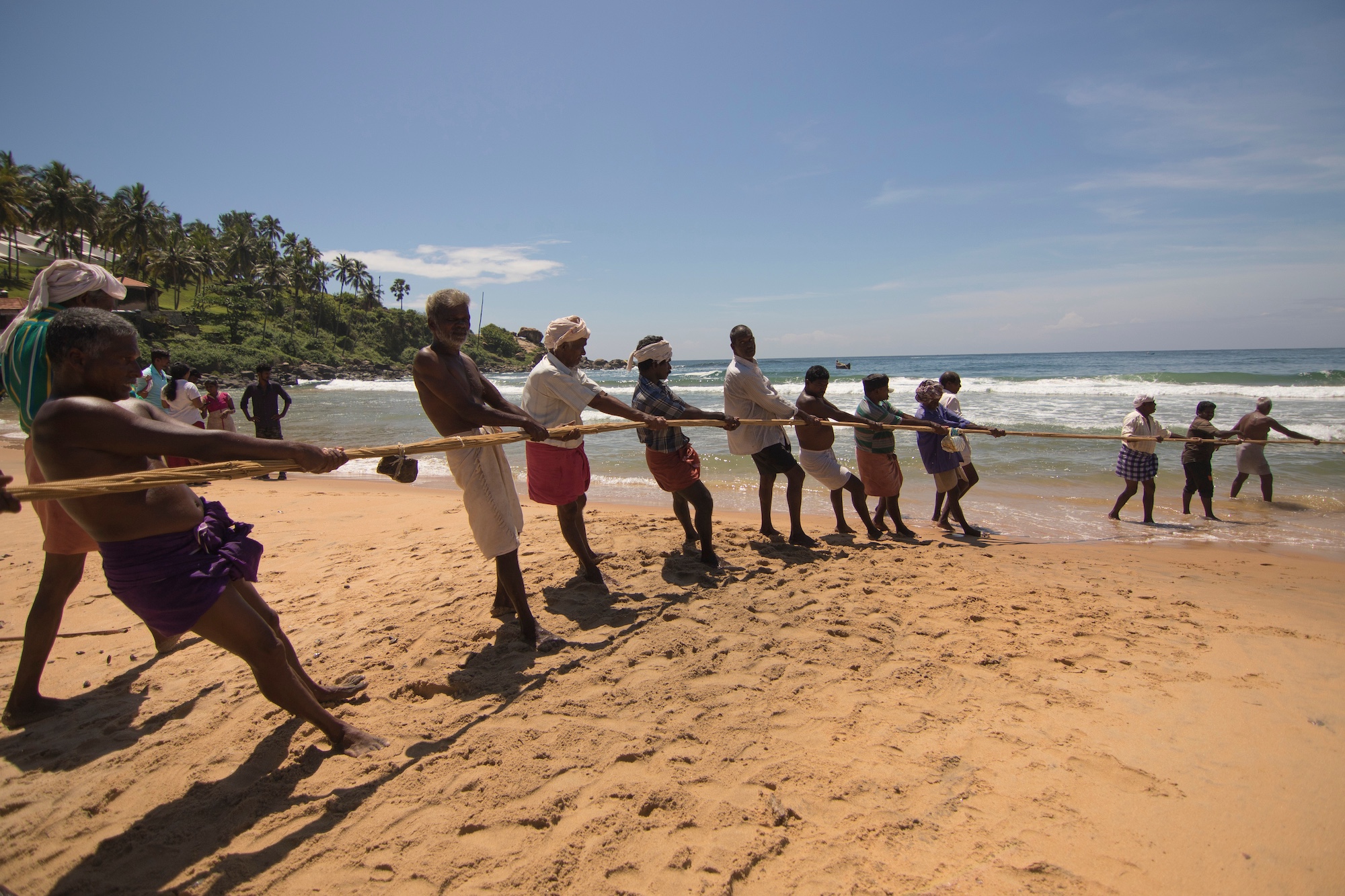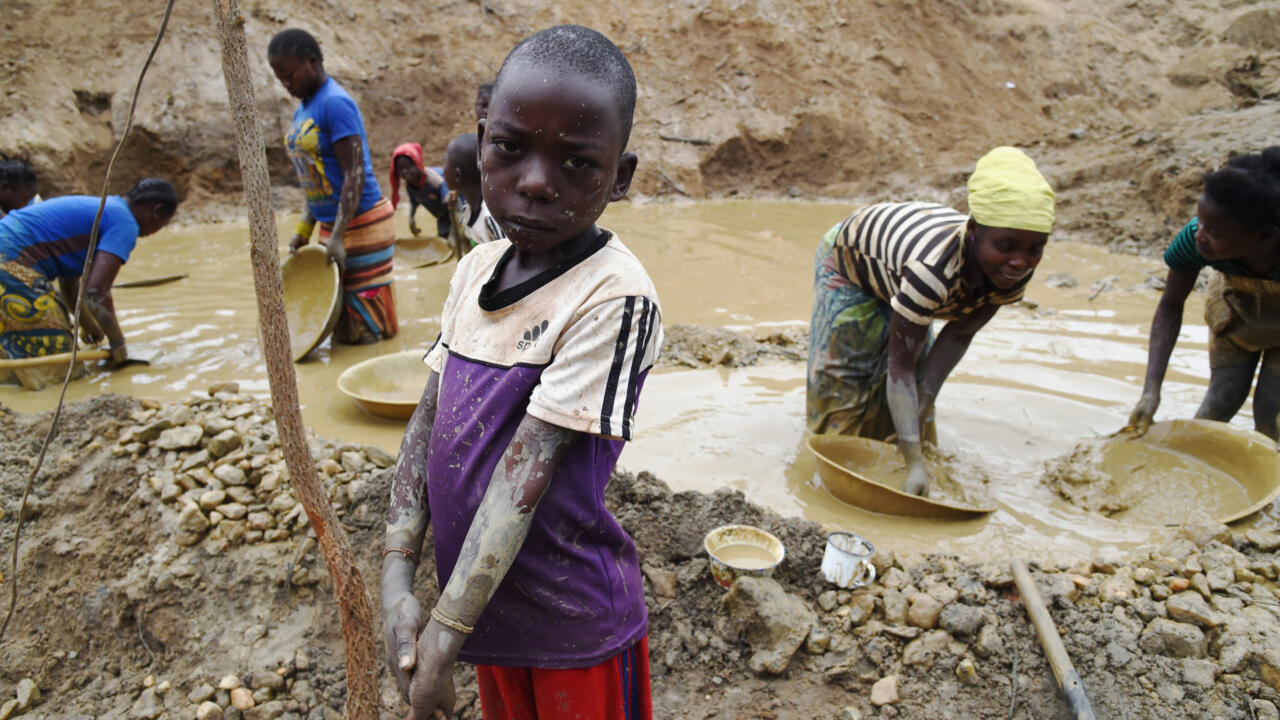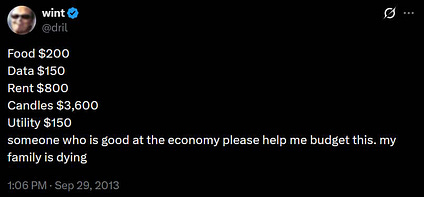How Kerala eliminated extreme poverty – Brookings

Report on Kerala’s Progress in Eliminating Extreme Poverty
In November 2025, the Indian state of Kerala announced the elimination of extreme poverty, a significant achievement for a lower-middle-income economy. This accomplishment, realized through a multi-decade strategy combining economic growth with robust social development, offers a powerful model for achieving the Sustainable Development Goals (SDGs), particularly SDG 1 (No Poverty). The state’s success underscores that targeted interventions, community participation, and a focus on the most vulnerable can eradicate severe destitution, providing valuable lessons for both low- and high-income nations.
Alignment with Sustainable Development Goals (SDGs)
SDG 1: No Poverty & SDG 2: Zero Hunger
Kerala’s initiative directly addresses the core targets of SDG 1 by aiming to eradicate extreme poverty in all its forms.
- The state utilized India’s National Multidimensional Poverty Index (MPI), which assesses deprivations across health, education, and living standards, to identify and target the poorest individuals.
- The MPI for Kerala was 0.55% (2019-21), the lowest in India, indicating a small but persistent pocket of extreme poverty that the program specifically targeted.
- A primary intervention was the provision of essential food and medical care, directly contributing to SDG 2 by ensuring access to nutrition for the most vulnerable.
SDG 3: Good Health and Well-being & SDG 4: Quality Education
The state’s success is built upon a long-term foundation of investment in public services, aligning with SDG 3 and SDG 4.
- Decades of focus on public health and education have resulted in a more equitable distribution of social markers.
- Kerala has the highest life expectancy in India at 75 years, a key indicator of progress toward SDG 3.
- This foundation of an educated and healthy populace was critical for the effective implementation of poverty eradication programs.
SDG 10: Reduced Inequalities
A core element of the Kerala model is its emphasis on inclusivity and reducing inequality.
- The state has historically maintained a more egalitarian distribution of consumption, with a Gini coefficient in the 0.30s, lower than many comparator economies. This ensures the bottom 50% of the population has a higher share of resources.
- The poverty elimination program was distinguished by its “last mile” approach, proactively seeking out and including individuals who are often invisible to traditional support systems, thereby ensuring that the most vulnerable were not left behind.
Implementation Strategy and Community Engagement
The Athidaridrya Nirmarjana Project
The state instituted a specific project to identify and uplift those living in extreme poverty. The methodology involved a systematic, multi-step process:
- Conducting ground-level surveys to identify basic needs and include otherwise excluded individuals.
- Utilizing multiple tests to refine the definition and measurement of deprivation.
- Formalizing the list of beneficiaries through official rights documents like Aadhar and ration cards.
- Engaging in extensive field-level validation to ensure accuracy.
Role of Local Institutions and Partnerships (SDG 11, 16, 17)
The program’s success was heavily reliant on strong local institutions and partnerships, reflecting the principles of SDG 11 (Sustainable Cities and Communities), SDG 16 (Peace, Justice and Strong Institutions), and SDG 17 (Partnerships for the Goals).
- Local governments were at the forefront of the implementation effort.
- Community participation was extensive, supported by community extension workers from networks such as ASHA (Accredited Social Health Activists) and Kudumbashree (a women’s empowerment and poverty eradication program).
- This collaborative structure ensured that interventions were well-targeted and responsive to local needs.
Economic Context and Sustainability Challenges
Economic Growth and Fiscal Management (SDG 8)
Kerala’s achievement demonstrates the effective use of resources in the context of modest growth, aligning with the principles of SDG 8 (Decent Work and Economic Growth).
- The state sustained an average economic growth rate of 6-7% over the last two decades, which, combined with effective social programs, facilitated poverty reduction.
- A significant portion of the state’s finances is supported by remittances from its overseas workforce.
- To ensure long-term sustainability and resilience, there is a recognized need to improve the domestic investment climate to create more productive, local employment opportunities.
Sustaining Progress and Addressing New Challenges
The eradication of extreme poverty is not a one-time event but requires continuous effort and adaptation.
- A large number of people remain “near poor” and are vulnerable to economic or environmental shocks. Active monitoring and rapid-response mechanisms are essential to prevent them from falling back into poverty.
- Success in longevity (SDG 3) has created new challenges related to an aging population, requiring safety nets that cover aged care, mental health, and social isolation.
- Long-term sustainability requires that beneficiaries are eventually weaned off support programs through integration into the mainstream economy.
1. Which SDGs are addressed or connected to the issues highlighted in the article?
The article on Kerala’s efforts to eliminate extreme poverty directly addresses and connects to several Sustainable Development Goals (SDGs). The analysis reveals a multi-faceted approach that touches upon core aspects of sustainable development.
-
SDG 1: No Poverty
This is the central theme of the article. The entire text revolves around Kerala’s announcement of having “eliminated extreme poverty.” It discusses the definitions, measurement (using the National Multidimensional Poverty Index), and the specific programs like the ‘Athidaridrya Nirmarjana’ project designed to eradicate destitution.
-
SDG 2: Zero Hunger
The article connects poverty with hunger. It explicitly mentions that “The provision of essential food… was the top priority” for the extremely poor identified by the state. This is contrasted with the situation in the U.S., where “42 million Americans—at risk of going hungry without food stamps,” highlighting the importance of food security as a component of poverty alleviation.
-
SDG 3: Good Health and Well-being
Health is presented as a key dimension of poverty and well-being. The article notes that the Multidimensional Poverty Index (MPI) considers deprivations in health. Furthermore, it states that providing “medical care was the top priority” and cites Kerala’s high life expectancy of 75 years as a major success. It also touches upon emerging health challenges like aged care and mental health.
-
SDG 10: Reduced Inequalities
The article emphasizes that Kerala’s success is partly due to its focus on equitable distribution. It highlights the state’s “more egalitarian distribution” and a relatively low “consumption Gini coefficient in the 0.30s.” The strategy of going the “last mile to ensure that the most vulnerable are not left out” and the “ground-level efforts to include the excluded” are direct actions aimed at reducing inequality.
2. What specific targets under those SDGs can be identified based on the article’s content?
Based on the specific actions and outcomes described in the article, several SDG targets can be clearly identified.
-
Targets under SDG 1 (No Poverty)
- Target 1.1: Eradicate extreme poverty for all people everywhere. The article’s main claim, that Kerala “had eliminated extreme poverty,” directly aligns with this target.
- Target 1.2: Reduce at least by half the proportion of men, women and children of all ages living in poverty in all its dimensions according to national definitions. The article’s use of India’s National Multidimensional Poverty Index (MPI) to identify the poor (0.55% of the population) and track progress is a direct application of this target.
- Target 1.3: Implement nationally appropriate social protection systems and measures for all. The article describes Kerala’s “safety nets with targeted interventions,” the ‘Athidaridrya Nirmarjana’ project, and the provision of food and medical care, which are all examples of social protection systems mentioned in this target.
-
Target under SDG 2 (Zero Hunger)
- Target 2.1: End hunger and ensure access by all people, in particular the poor and the vulnerable, to safe, nutritious and sufficient food all year round. The article states that the “provision of essential food” was a top priority for the identified poor, directly addressing this target’s goal of ensuring food access for the vulnerable.
-
Targets under SDG 3 (Good Health and Well-being)
- Target 3.8: Achieve universal health coverage, including financial risk protection, access to quality essential health-care services. The article’s mention of prioritizing “medical care” for the poorest and the state’s high life expectancy implies a system geared towards universal health access, which is the core of this target.
-
Target under SDG 10 (Reduced Inequalities)
- Target 10.2: Empower and promote the social, economic and political inclusion of all. The article’s description of “ground-level efforts to include the excluded,” reaching the “invisible and voiceless,” and ensuring the “most vulnerable are not left out” directly reflects the spirit and letter of this target.
3. Are there any indicators mentioned or implied in the article that can be used to measure progress towards the identified targets?
The article provides several specific quantitative and qualitative indicators that can be used to measure progress towards the identified SDG targets.
-
Indicators for SDG 1 (No Poverty)
- Proportion of population living in multidimensional poverty (Indicator 1.2.2): The article explicitly states that according to the National Multidimensional Poverty Index (MPI), Kerala’s poverty rate was “0.55% of the population (for 2019-21).” This is a direct, measurable indicator.
- Number of beneficiaries in social protection programs: The article mentions that the state’s program “has included 103,099 of the poorest, so far,” which serves as an indicator for the coverage of social protection systems (related to Target 1.3).
- Historical poverty reduction rate: The article provides a long-term indicator of progress by stating that Kerala “has reduced poverty from 59.8% in the 1970s to practically zero.”
-
Indicators for SDG 3 (Good Health and Well-being)
- Life expectancy at birth (related to overall health outcomes under SDG 3): The article provides a clear indicator of health outcomes by stating, “Kerala has the highest life expectancy in India at 75 years.”
-
Indicators for SDG 10 (Reduced Inequalities)
- Gini coefficient (Indicator 10.2.1): The article directly mentions this indicator of inequality, stating that “Kerala’s consumption Gini coefficient in the 0.30s compares with over 0.4 in comparator economies.”
- Consumption share of the bottom population quintiles: While not providing a precise number, the article implies this indicator by stating, “the bottom 50% of the population has a higher share of consumption in Kerala compared to” other similar economies, which is a measure of equitable distribution.
4. Create a table with three columns titled ‘SDGs, Targets and Indicators” to present the findings from analyzing the article. In this table, list the Sustainable Development Goals (SDGs), their corresponding targets, and the specific indicators identified in the article.
| SDGs | Targets | Indicators Identified in the Article |
|---|---|---|
| SDG 1: No Poverty |
1.1: Eradicate extreme poverty.
1.2: Reduce poverty in all its dimensions according to national definitions. 1.3: Implement nationally appropriate social protection systems. |
– Reduction of poverty from 59.8% (1970s) to “practically zero.” – National Multidimensional Poverty Index (MPI) rate of 0.55% of the population. – 103,099 people included in the ‘Athidaridrya Nirmarjana’ support program. |
| SDG 2: Zero Hunger | 2.1: End hunger and ensure access to food for all, especially the poor and vulnerable. | – Prioritization of “provision of essential food” for the extremely poor. (Qualitative indicator of policy focus). |
| SDG 3: Good Health and Well-being | 3.8: Achieve universal health coverage. |
– Life expectancy of 75 years. – Prioritization of “medical care” for the poorest. (Qualitative indicator). |
| SDG 10: Reduced Inequalities | 10.2: Empower and promote the social, economic and political inclusion of all. |
– Consumption Gini coefficient in the 0.30s. – Higher share of consumption for the bottom 50% of the population compared to similar economies. |
Source: brookings.edu
What is Your Reaction?
 Like
0
Like
0
 Dislike
0
Dislike
0
 Love
0
Love
0
 Funny
0
Funny
0
 Angry
0
Angry
0
 Sad
0
Sad
0
 Wow
0
Wow
0



















































.jpg.webp?itok=0ZsAnae9#)

























